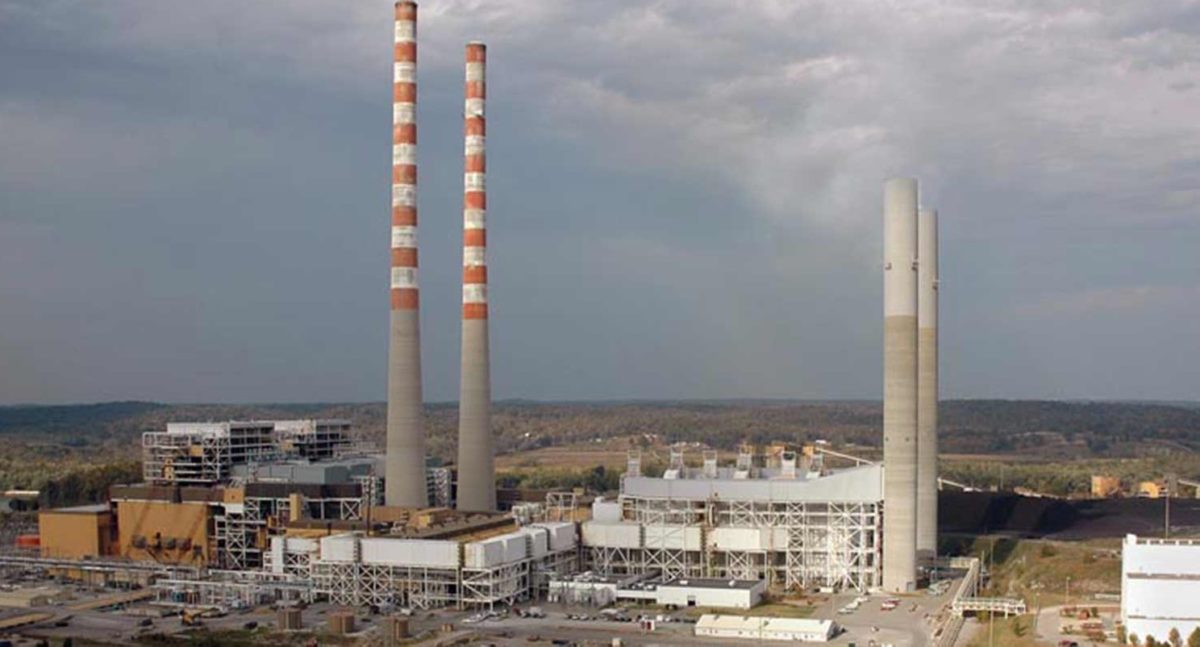The U.S. Environmental Protection Agency announced a suite of final rules intended to reduce pollution from fossil fuel-fired power plants, thus reducing climate, air, water, and land pollution from the power sector.
The standards are designed to work with the power sector’s planning processes, providing compliance timelines that enable power companies to plan in advance to meet electricity demand while reducing dangerous pollution.
“By developing these standards in a clear, transparent, inclusive manner, EPA is cutting pollution while ensuring that power companies can make smart investments and continue to deliver reliable electricity for all Americans.” said EPA administrator Michael S. Regan.
The suite of final rules includes:
- A final rule for existing coal-fired and new natural gas-fired power plants that would ensure that all coal-fired plants that plan to run in the long-term and all new baseload gas-fired plants control 90% of their carbon pollution.
- A final rule strengthening and updating the Mercury and Air Toxics Standards (MATS) for coal-fired power plants, tightening the emissions standard for toxic metals by 67% and finalizing a 70% reduction in the emissions standard for mercury from existing lignite-fired sources.
- A final rule to reduce pollutants discharged through wastewater from coal-fired power plants by more than 660 million pounds per year, ensuring cleaner water for affected communities, including communities with environmental justice concerns that are disproportionately impacted.
- A final rule that will require the safe management of coal ash that is placed in areas that were unregulated at the federal level until now, including at previously used disposal areas that may leak and contaminate groundwater.
These rules provide health protections for all communities, but especially for environmental justice communities, many of which are located near fossil fuel plants.
Reducing carbon pollution at coal-fired and new natural gas facilities is expected to reduce 1.38 billion metric tons of carbon pollution overall through 2047, which is equivalent to preventing the annual emissions of 328 million gasoline cars, or to nearly an entire year of emissions from the entire U.S. electric power sector. It also projects up to $370 billion in climate and public health net benefits over the next two decades.
According to the EPA, the climate and health benefits of the rule that plants must control 90% of their carbon pollution substantially outweigh the compliance costs. In 2035 alone, the regulatory impact analysis estimates substantial health co-benefits including:
- Up to 1,200 avoided premature deaths
- 870 avoided hospital and emergency room visits
- 1,900 avoided cases of asthma onset
- 360,000 avoided cases of asthma symptoms
- 48,000 avoided school absence days
- 57,000 lost workdays
“The new rules to clean up air pollution from power plants are good news for everyone, especially if there is a power plant near where you work, live or study. The American Lung Association applauds Administrator Regan and the entire team of professionals at the EPA for their resolute commitment to public health and environmental justice,” said Harold Wimmer, president and CEO of the American Lung Association. “Burning fossil fuels in power plants harms people’s lungs, makes kids sick and accelerates the climate crisis. The stronger clean air and climate protections will save lives.”
The rules also provide a regulatory outlook for power companies, including ways to reduce the complexity of compliance, and clear signals that can create market and price stability.
In developing each rule, the EPA conducted regulatory impact analyses that showed the potential for this suite of standards to deliver hundreds of billions of dollars in net benefits. The projections regarding changes in electricity supply and demand align with recent reports by Department of Energy and the National Renewable Energy Lab that show that the sector can meet growing demand for electricity as it reduces
According to Mark Dyson, electric sector expert with RMI, the new standards will help transition fossil fuel plants to clean energy.
“EPA’s new standards make the quick, no-regrets tools we have for grid expansion even more attractive than they already were. Electricity providers can plug in affordable clean energy resources at the sites of waning fossil fuel plants, upgrade power lines using the latest hardware and software, and improve the coordination of electric loads such as electric vehicles, battery storage systems, and rooftop solar panels. These solutions have already prevented bloated bills and blackouts in communities across the country, and they can help electricity providers come into compliance with these standards,” said Dyson.
To view the fact sheet for this rulemaking visit EPA’s Greenhouse Gas Standards and Guidelines for Fossil Fuel-Fired Power Plants webpage.
This content is protected by copyright and may not be reused. If you want to cooperate with us and would like to reuse some of our content, please contact: editors@pv-magazine.com.









By submitting this form you agree to pv magazine using your data for the purposes of publishing your comment.
Your personal data will only be disclosed or otherwise transmitted to third parties for the purposes of spam filtering or if this is necessary for technical maintenance of the website. Any other transfer to third parties will not take place unless this is justified on the basis of applicable data protection regulations or if pv magazine is legally obliged to do so.
You may revoke this consent at any time with effect for the future, in which case your personal data will be deleted immediately. Otherwise, your data will be deleted if pv magazine has processed your request or the purpose of data storage is fulfilled.
Further information on data privacy can be found in our Data Protection Policy.